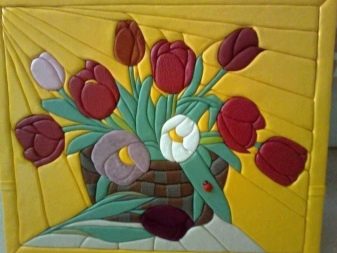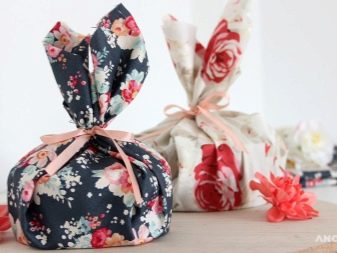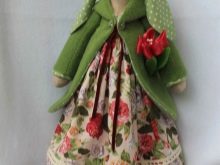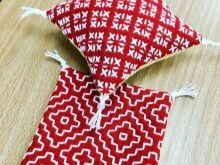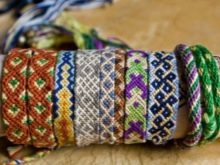All about Japanese handicrafts
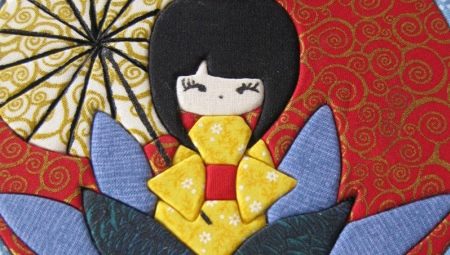
Knowing everything about Japanese handicrafts is very interesting and exciting. There are various types of hobbies from Japan and their particular techniques, including fabric handicrafts. It is useful for those looking for an original occupation to figure out what the Japanese are fond of and what hobby to choose.
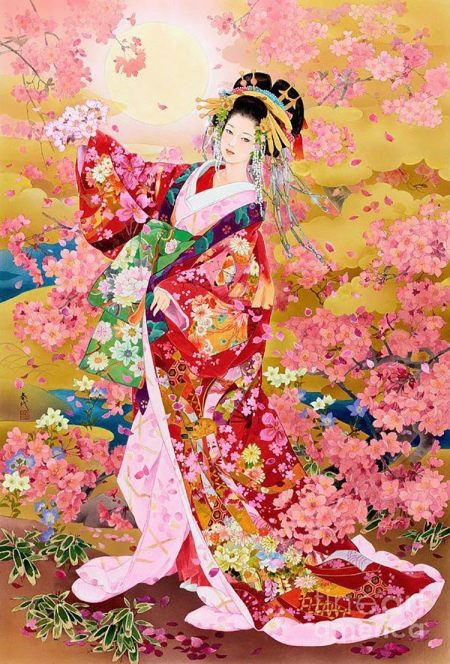
Peculiarities
The fact that Japan is unique is no secret to anyone. But among her customs and traditions, Japanese handicrafts stand out. It is no less diverse than other trends in culture. Some of them are not even very well known outside Japan, but there are also hobbies that have stepped far beyond the borders of this country.

A hobby in Japan is more than just a hobby and a way to please yourself. There it acts as a real characteristic of the way of life and personal status. The hobbies of the Japanese depend on material well-being, on age to a much greater extent than in other countries. At the same time, the range of common hobbies, judging by the profiles in social networks, can hardly be compared with the ideas of foreigners about Japanese culture.
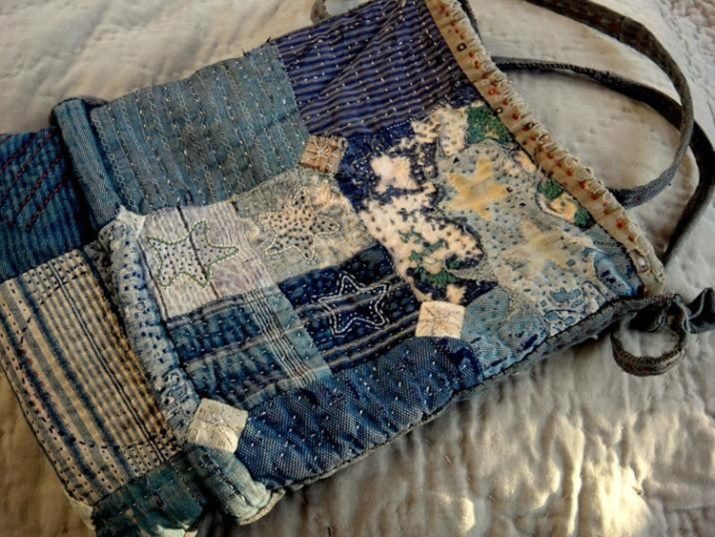
In many cases, the inhabitants of the Land of the Rising Sun choose something related to their work, or hobbies dictated by fashion. They do not even stop at solid expenses, but still there are those interests that do not require large expenses.

Species overview
Speaking about the most popular hobbies from Japan, you should pay attention first of all to amigurumi. Literally translated, this term means "knitted-wrapped", which eloquently characterizes the essence of the matter. With the help of a hook or knitting needles, they knit along a spiral trajectory of various real or fictional creatures. Tools for work should have a smaller diameter than the yarn.
Solid knit density eliminates the smallest holes.
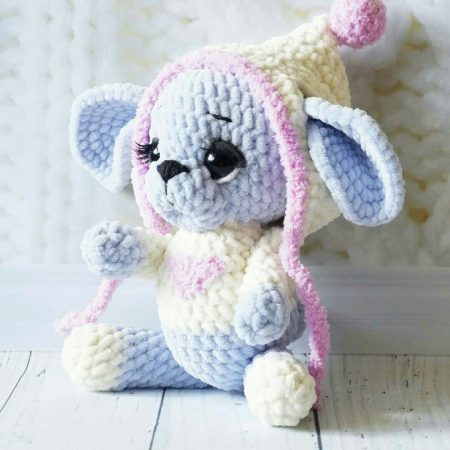
Quite a few people in Japan and other countries are fond of kanzashi, or the technique of making flowers from fabric. Satin ribbons are usually used for work. The authentic approach, however, involves the use of silk fabric held together with rice glue. However, in Russia it is hardly possible to do so, and therefore it is necessary to sew an atlas by hand.
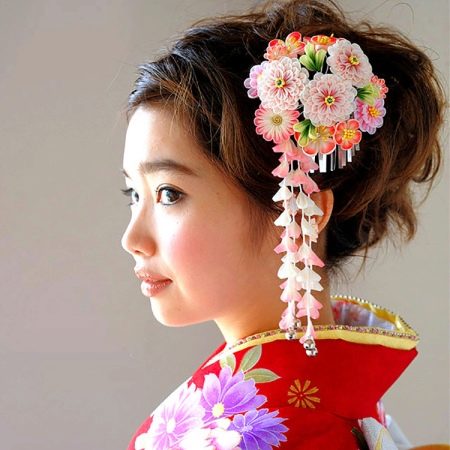
Temari has a very ancient history. It is interesting that this is rather not a Japanese hobby, but a Chinese hobby. In the past, temari, or embroidered balloons, were made for gifts to children. Such gifts are a symbol of friendship and personal devotion.
To achieve high professionalism in the field of temari, according to the Japanese, it is necessary to master this skill for at least 6 years and make at least 150 balls on your own.
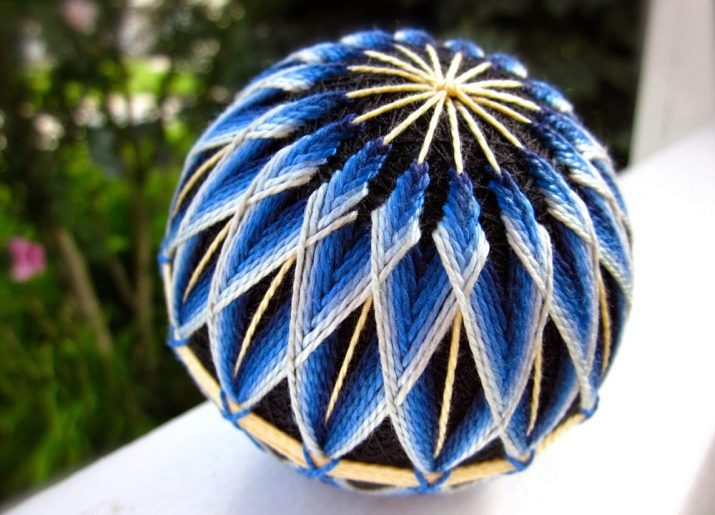
It is very interesting to do it yourself and mizuhiki. In theory, this is a popular analogue of macrame in Japan. The difference is grace and diminutiveness, which are not achieved in traditional macrame. They form knots of incredible beauty from the cords. Mizuhiki appeared in the 18th century; it is used to:
- decorating letters;
- decorating postcards;
- registration of bags and gifts.

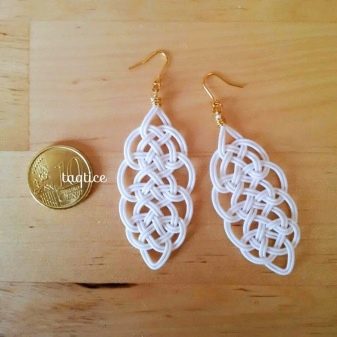
The Japanese also like to create three-dimensional paintings that combine cardboard with cloth or plain paper. The composition is formed by the application method. This hobby is called axie. Not any material is suitable for work, but only special washi paper. In the past, oshie was made not of new fabric, but of specially recycled old kimonos, that is, in fact, they did not do it out of a good life.
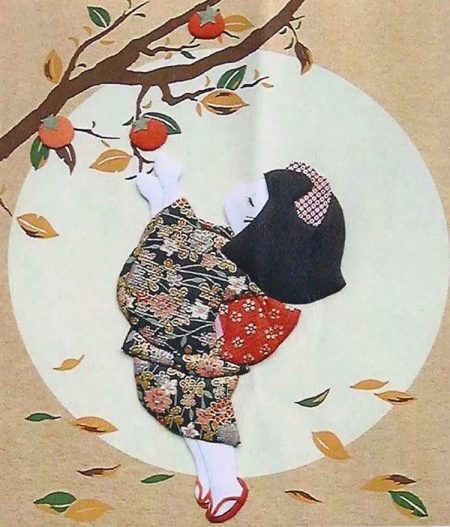
Kinusaiga also deserves attention. This handicraft harmoniously combines:
- patchwork;
- traditional applique;
- mosaic;
- wood carving.
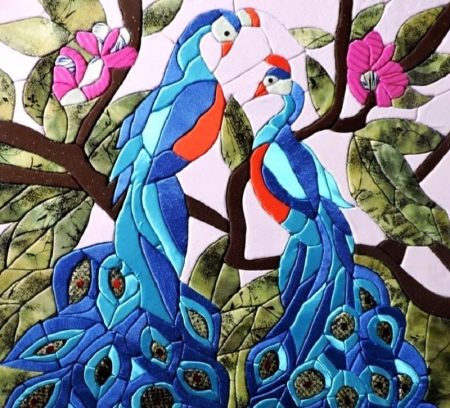
The first step is to create a sketch on paper. When it's ready, this sketch is transferred to the board. Grooves are cut strictly along the contour. Next, they take the old fabric (you should not take a new one, so that it is authentic). The previously cut grooves should be filled with cut pieces; the resulting picture will certainly be both beautiful and realistic.

Furoshiki, or traditional fabric folding, is also worth mentioning. This art is often used in packaging. It turns out at the same time beautifully and conveniently, it is often possible to achieve originality. Literally translated, furoshiki, or furoshiki, means "bath mat"; for this needlework, square pieces of fabric are used.
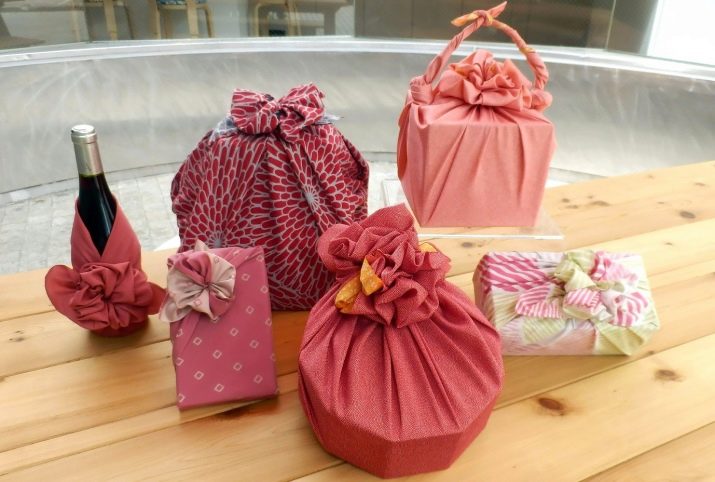
Terimen has also been known since ancient times - a type of handicraft, rooted in the heyday of Japanese feudalism. Among the terimen toy figures, conventional plants and animals predominate, but you can choose other subjects as well. Traditionally, this was done by women. In the 17th century, therimen began to include the creation of decorative bags with perfume filling.
But such an analogue of sachet gradually fell out of use, and now therimen is reduced to a purely decorative function.
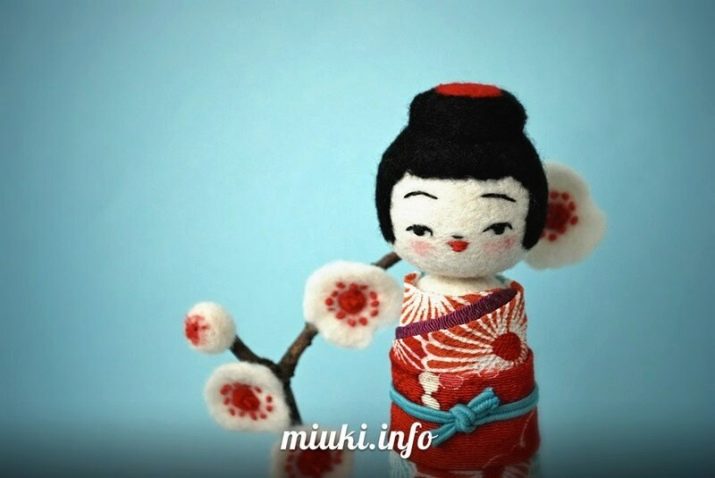
You can weave not only knots, but also laces. A vivid confirmation of this is the art of kumihimo. The earliest mentions of it date back to the middle of the 1st century AD. For many centuries, kumihimo has been used to fasten weapons, to fasten armor on horses, or to bind heavy objects (like an analogue of modern scotch tape). But now this art is already decorative in nature.

A distant semblance of patchwork, known as sashiko, was also found in Japanese practice. Its name, literally meaning "a small puncture", exhaustively characterizes the essence of needlework. Sashiko, like the ose, appeared for the sake of economy. In this way, old worn-out clothes were reconstructed. Embroidery also has a pronounced mythological meaning.
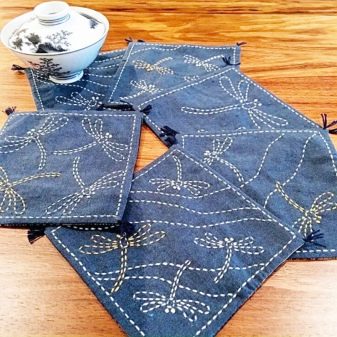
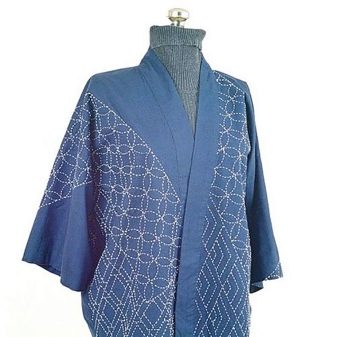
Bunka is another type of embroidery. After the formation of the required pattern, a special needle with a threaded thread is used. You will have to work quickly, so this method is not suitable for inexperienced people. Bunka allows you to create great paintings. Non-standard threads are also used, which forms a particularly beautiful pattern.
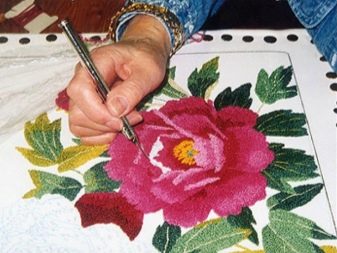
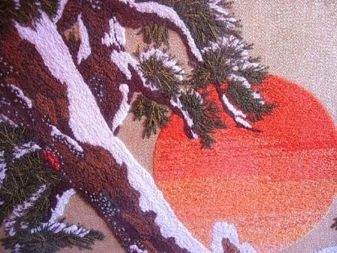
What is the best choice?
It depends primarily on personal hobbies.
- Those who want to show real originality and touch a non-mass hobby should choose temari. In addition, in this art you can improve yourself for a long time and persistently, go out to new horizons.
- Amigurumi is more suitable for those who like knitting, including unusual things.
- You can try Kanzashi, but you need to realize that this is just a semblance of original art. It makes sense to deal with it seriously only in one case - when you really like it.
- Mizuhiki may suit the taste of lovers of fine sewing and weaving, as well as those who have already mastered macrame. For the latter, it will become a logical development of previous skills.
- It is better to choose Osie for connoisseurs of home-made paintings and drawing in general, as well as for those who like to work with "recyclable materials".
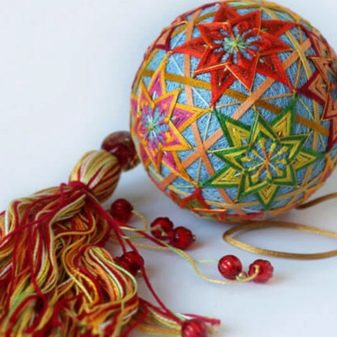
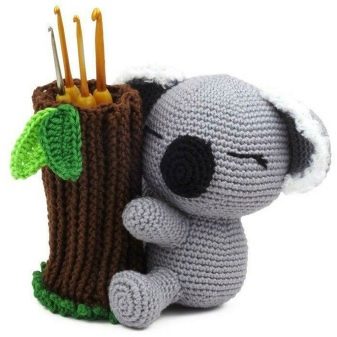
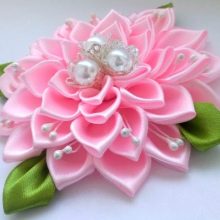
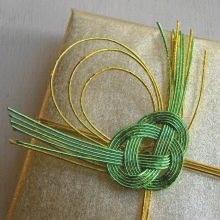
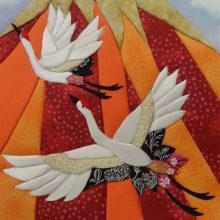
As for other types, then:
- kinusayga should be engaged in aspiring immediately to the most complex and multifaceted activity;
- furoshiki will appeal to those who are looking for something simpler;
- lovers of small sculptures and figurines should be engaged in terimen;
- sashiko, bunka still allow you to renovate your wardrobe with minimal costs;
- kumihimo has a purely decorative character, and it is worth trying it just for a change, in order to simply understand in practice what it is, in fact, whether it is suitable.
